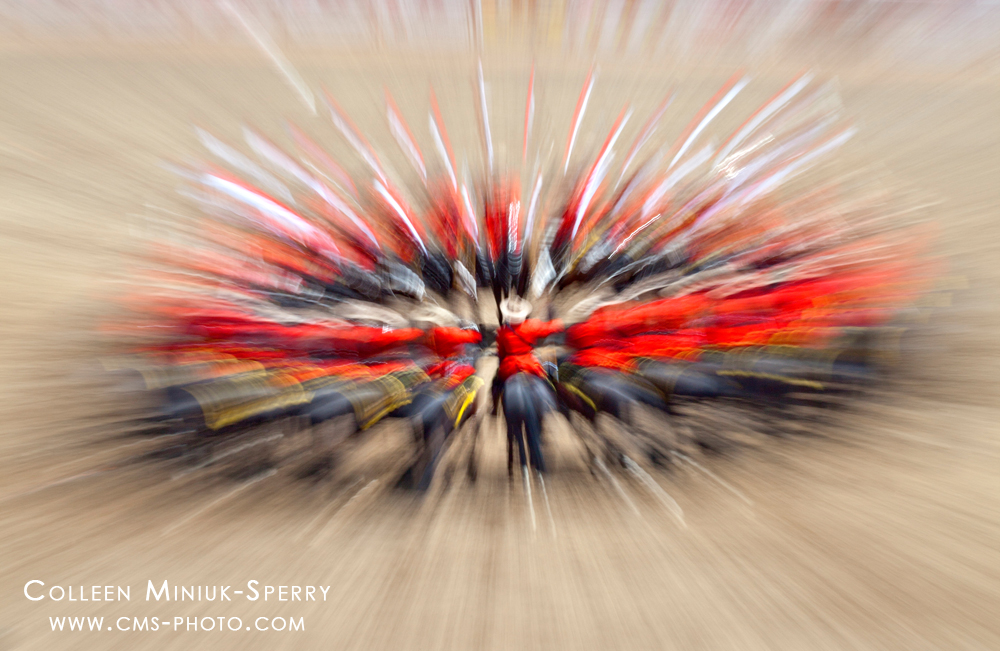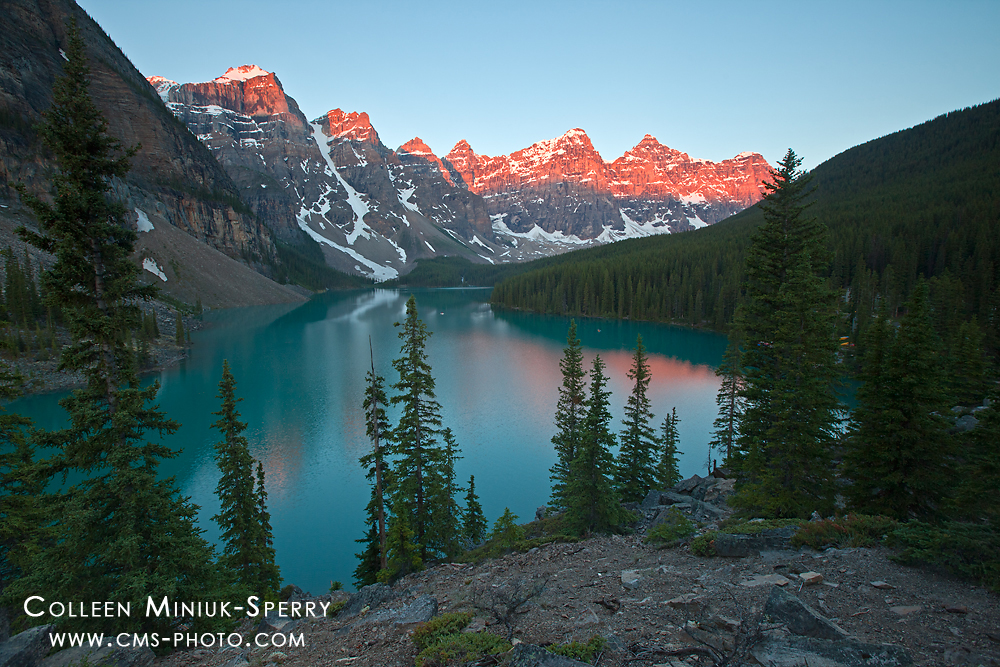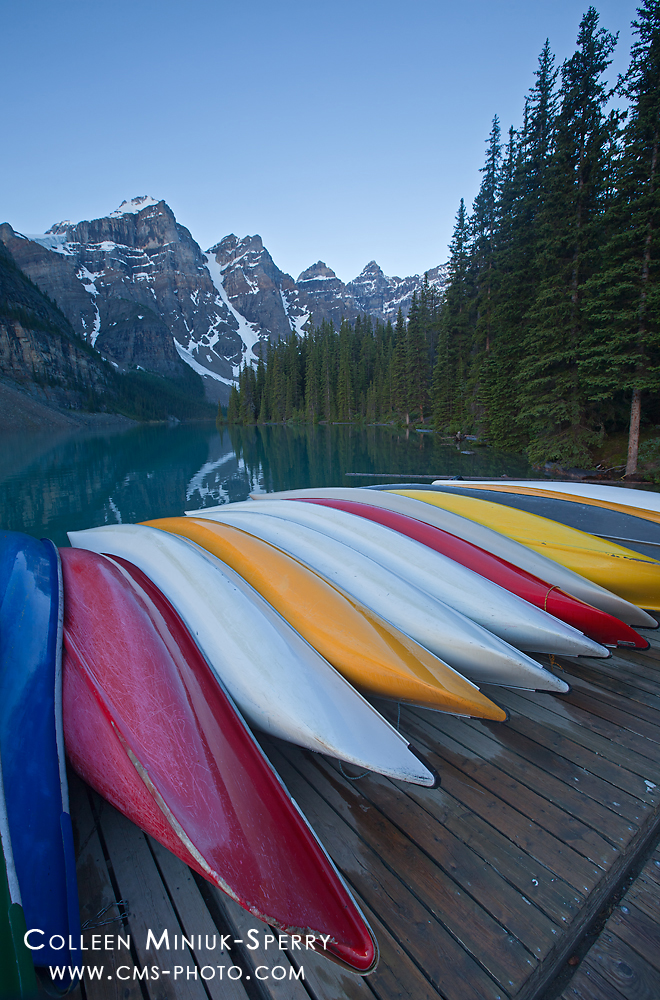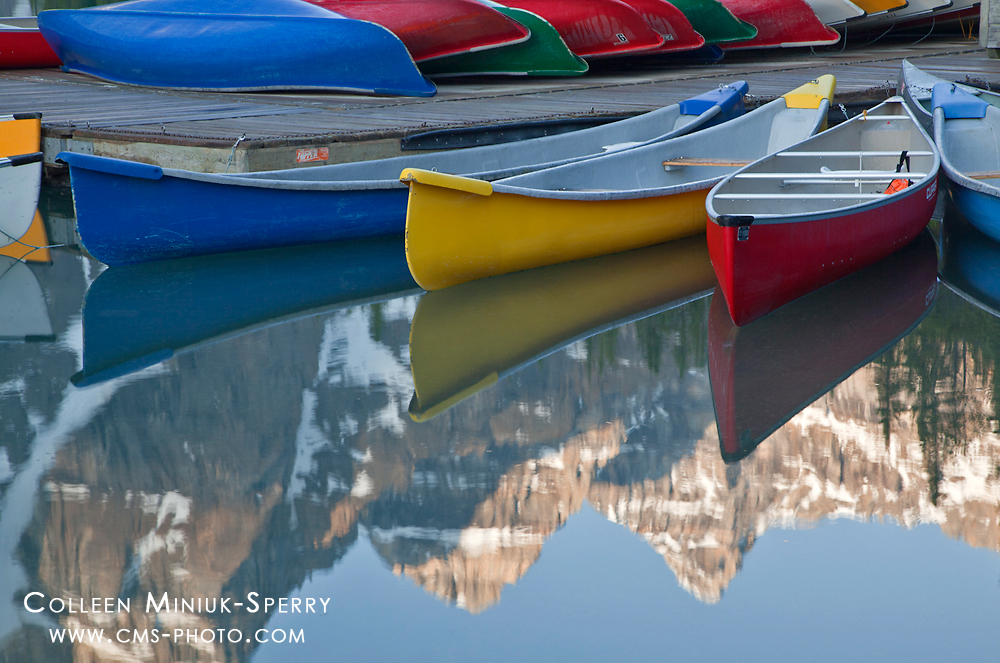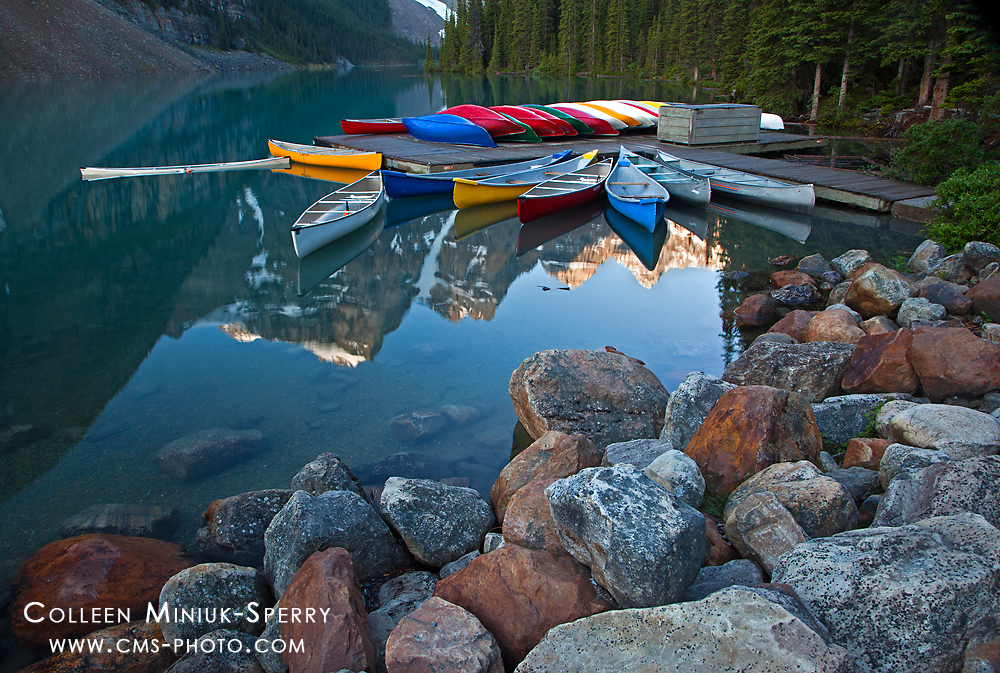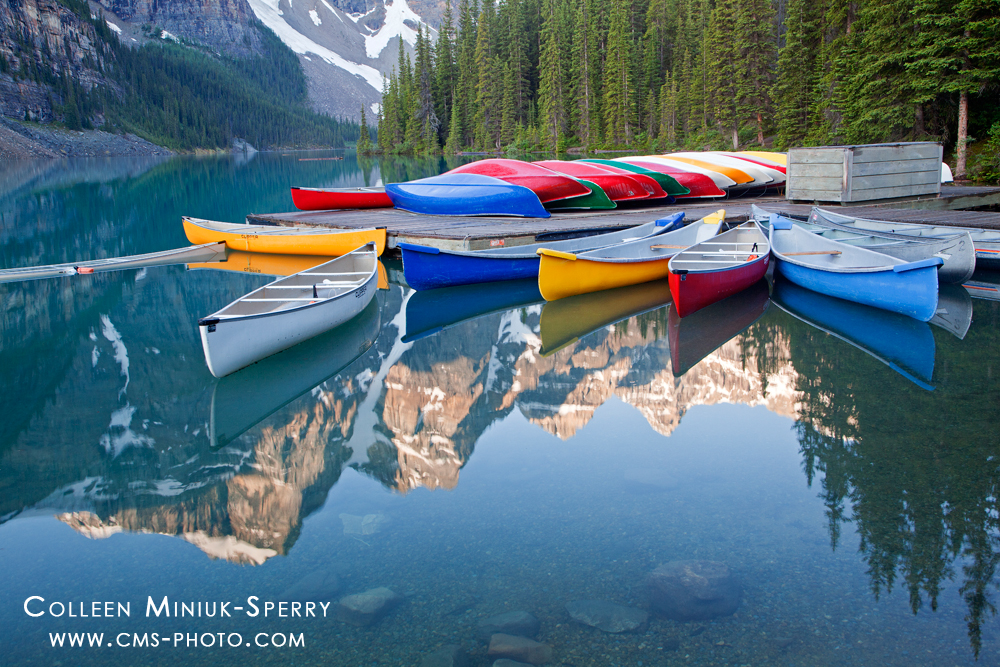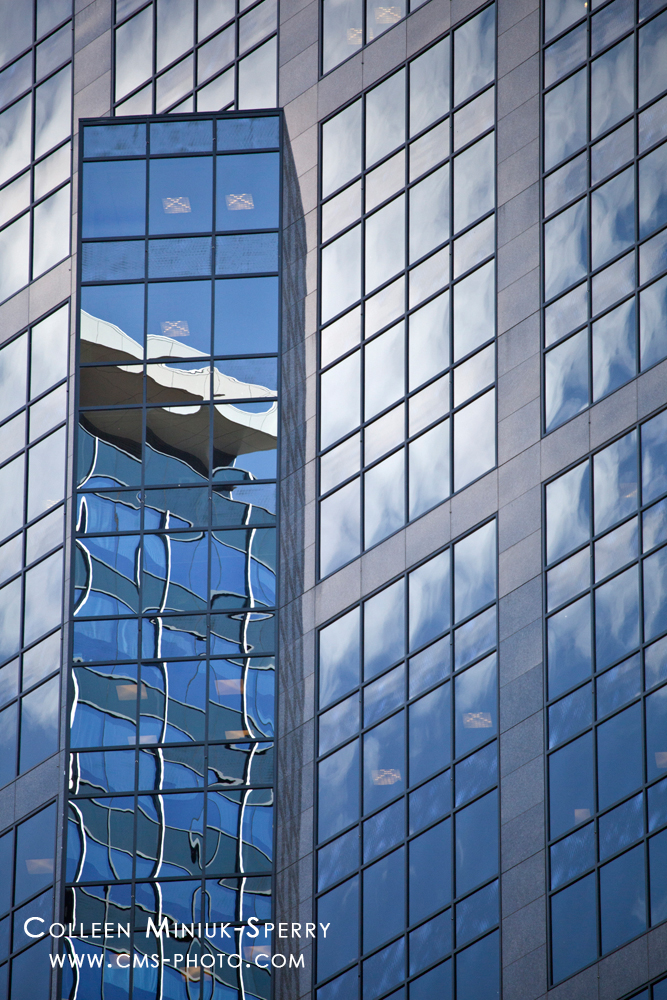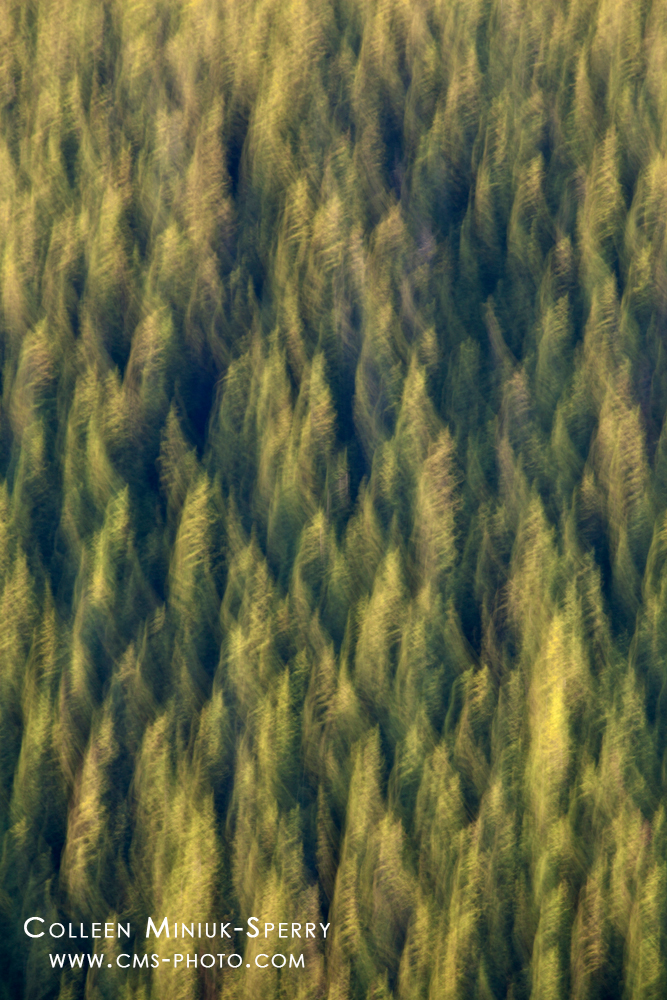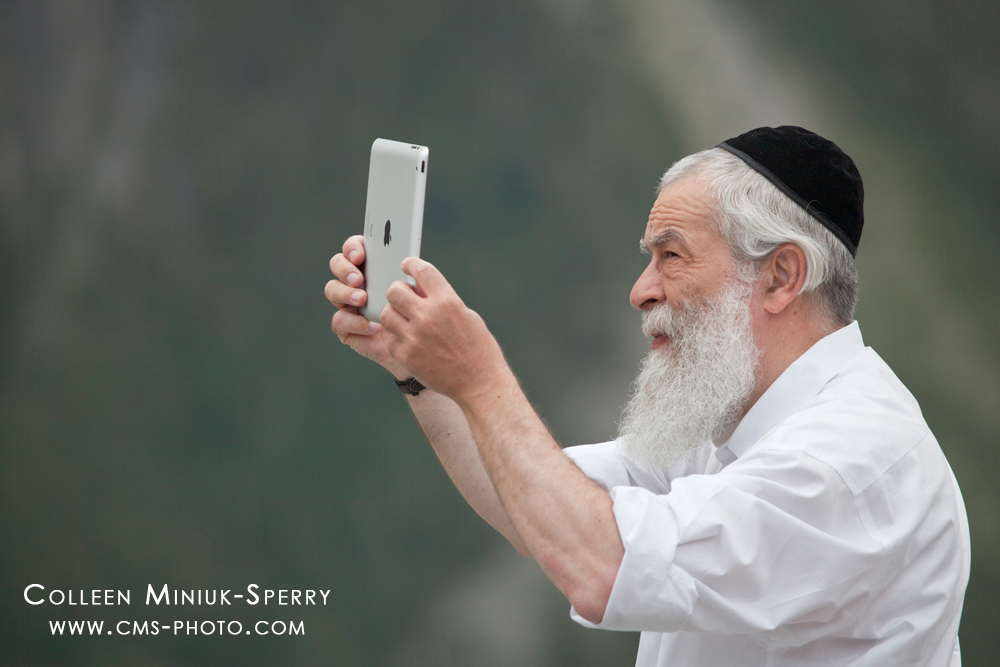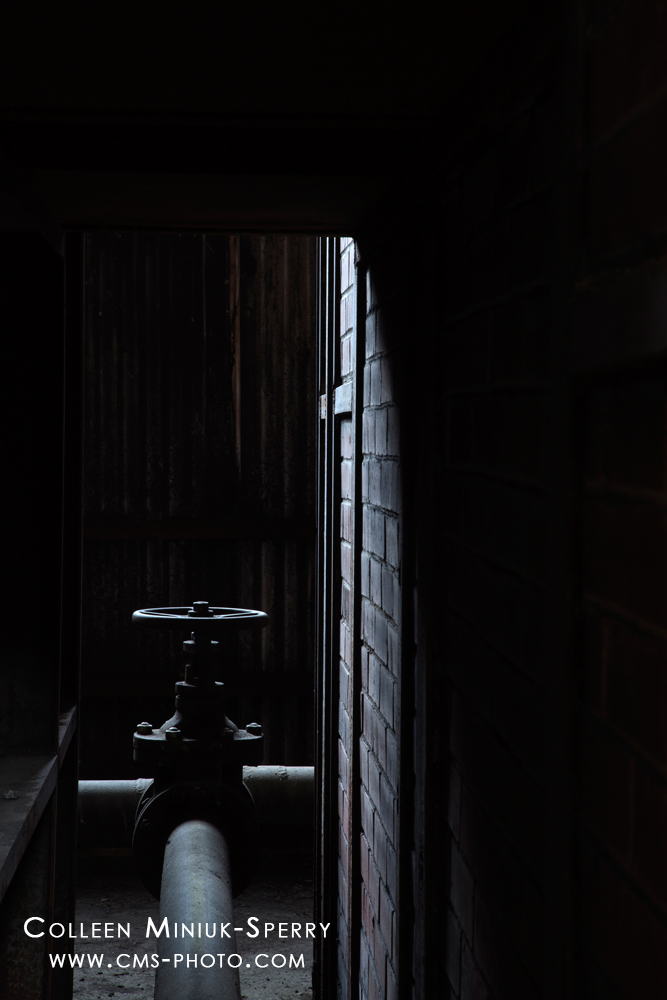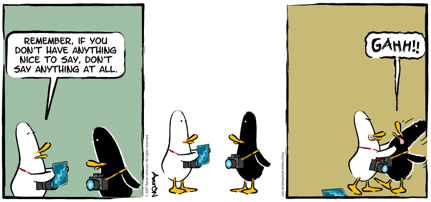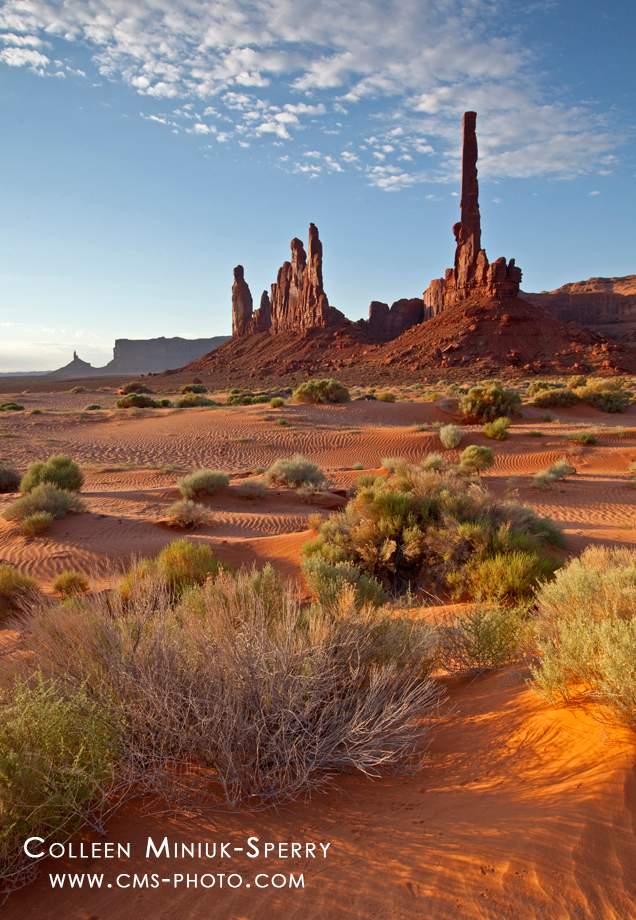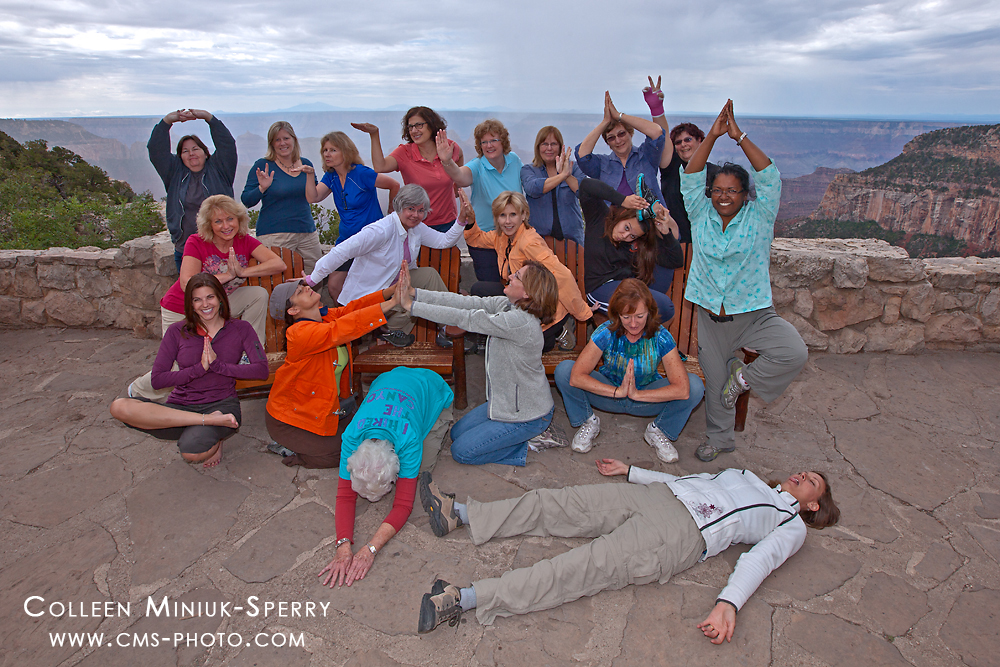Almost eight years ago to the day, Craig and I celebrated the end of our first temporary stay in Oregon by standing on the headland at Indian Beach at Ecola State Park just north of Cannon Beach.
I remember that evening in 2005 so vividly, I can still feel the memory today: The gentle ocean breeze. The smell of the tide change. The warmth of the setting sun. Two of the photographs I captured that evening – with my Contax 645 medium format film camera – now rest above our bed in our Arizona home to serve as a daily reminder of one of our favorite places and moments along the Oregon coast.
Months ago, as we prepared for our second temporary stay in Oregon, a rush of thoughts overwhelmed my mind based on our first experience. Where to go, when to go, what to see, who to see, and how to record such ample and different beauty in Oregon. As they say, “So many places to see, so little time.” The list of places to see and things I want to do became longer than a child’s Christmas list.
Despite the seemingly endless new photographic opportunities this transition presented, I decided to start my photographic journey in Oregon in the same place I left off: on the headland at Indian Beach at Ecola State Park. It’s a place I’d been countless times before, and yet when I arrived on Tuesday morning, nothing, nothing, looked the same as 2005.
Upon coming to the realization that nothing, nothing, had remained the same, I smiled as big as the little girl who got everything she wished for on December 25. In that instance, I mouthed the words as the wind whispered, “No man ever steps in same river twice, for it is not the same river and he’s not the same man.” ~Heraclitus.
(Turns out Heraclitus’ quote applies to oceans and women too!)
I couldn’t have been happier to learn that in eight years, everything, everything, has changed. Mother Nature altered the landscape such that I can no longer stand in the same place as I did before, thanks to landslides. Those landslides pushed new rocks into the ocean, and each wave crashed a little differently on those new sea stacks. It’s not possible for me to re-create the same compositions I did in 2005, even if I wanted to-I didn’t.
On top of significant natural changes and differing light/weather, I’m thankfully not the same person, photographer, artist that stood on that headland before. I replaced my film camera long ago with two generations of digital cameras. I now know what to do with a graduated neutral density filter. I’ve embraced my love affair with the coast, despite living in the desert. Endless experiences – conversations, readings, successes, failures, travels, and other inspirations – have challenged and changed my perspectives over time so that when I look at a scene I’ve seen before, I’m looking through an entirely different lens.
Ansel Adams summed it best: “You don’t make a photograph just with a camera. You bring to the act of photography all the pictures you have seen, the books you have read, the music you have heard, the people you have loved.”
Whether we know it or not, as time passes, we and the world around us are constantly changing. But, neither change nor creativity needs to be a passive activity. If we seek to create new images in the same spots, we must change as a person. Simply buying a new lens won’t cut it. Oh sure, new gear can help execute new visions, but we need to start with new ideas and make different associations among the knowledge we already possess to see, and ultimately photograph, something new in places we’ve already been once or a hundred times.
Consciously and subconsciously, we can gain fresh thoughts everywhere and anytime, not just while photographing. Some ideas how:
- Reverse engineer photos you like to understand the process they used to achieve a specific result. How’d they do it? Then how would you do it differently?
- Keep asking “what if.” What if you used a different lens? What if you climbed the hill for a more aerial perspective? What if you saw the ocean as the desert, metaphorically speaking?
- Devour books. Not just photography books, but anything that tickles your passion and stimulates your brain.
- Listen to music, watch movies, attend plays. And then think about how you can incorporate the concepts and ideas you hear, see, and experience into your photography.
- Talk with and exchange ideas with others. Not just other photographers, but also those who know nothing about photography, who explore other activities and fields you enjoy, and think differently than you. Surround yourself with people who know more than you.
- Screw up. Often. Then learn from the experience to develop even more new ideas.
- Engage with your environment. An experience you have in one location can help trigger ideas in a different location. Ride a bike, go for a hike, take a field-based class – whatever gets you closer to your subject.
So last Tuesday, I brought with me to Indian Beach all my experiences from spending 90+ days in Acadia National Park in Maine over the last four years, every critique I’ve conducted during all the photography workshops I teach, the entire process of writing a book about Arizona wildflowers, and more simply, even the songs I heard on the radio as I drove to Ecola State Park, among so many other things. And as a result, my photographs look nothing, nothing, like they did in 2005.
What other tips do you have to see the same place with fresh eyes?

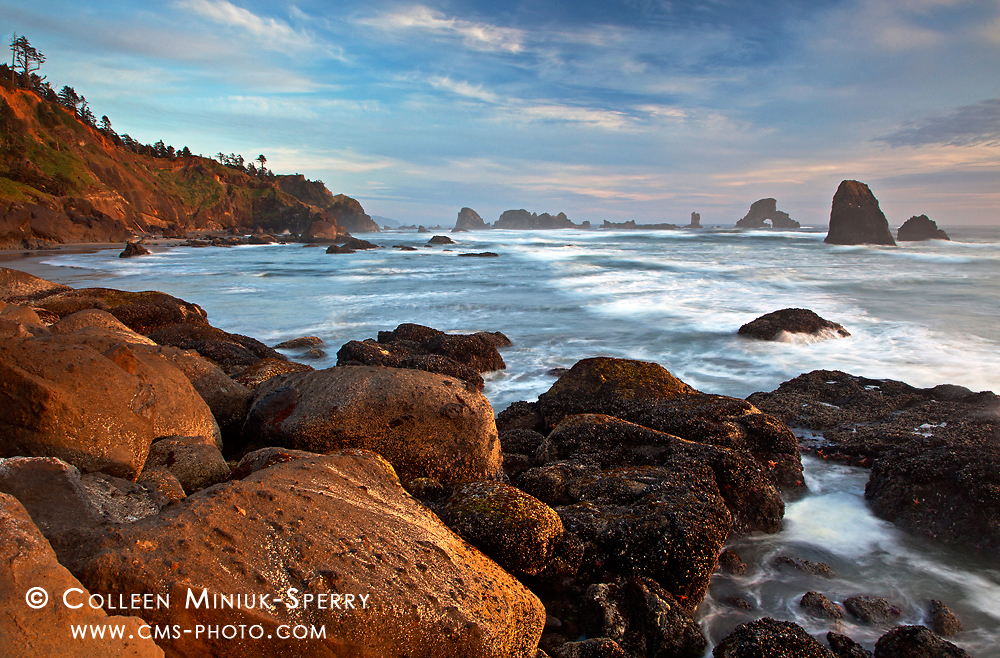
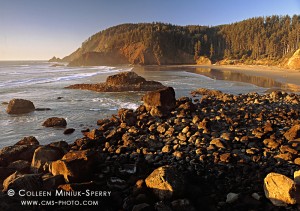
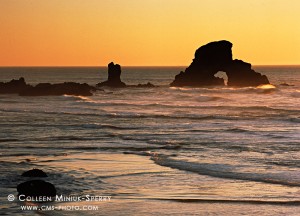
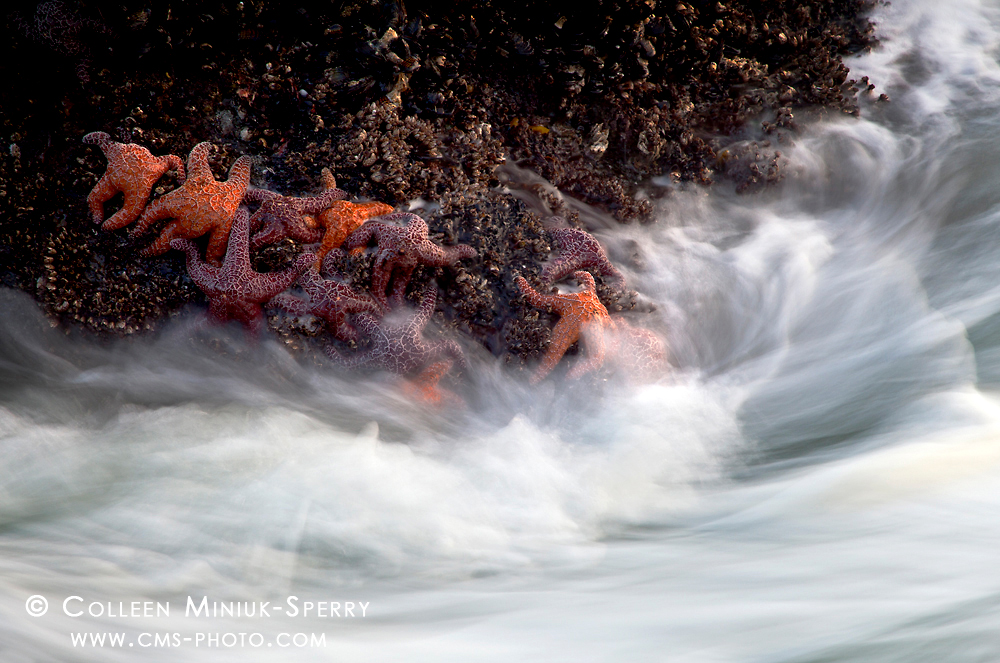
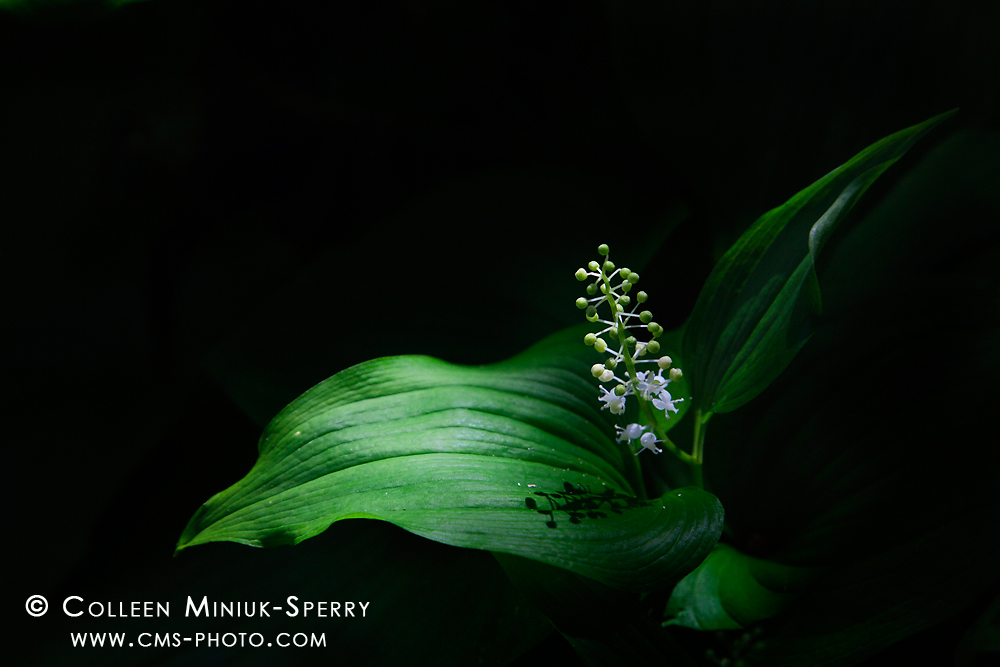
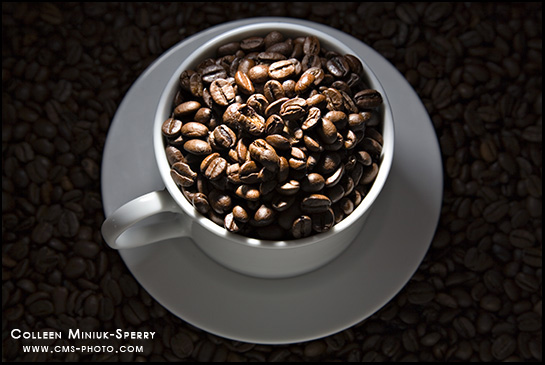 I have to spill the coffee beans…
I have to spill the coffee beans… For the three years that followed, fun it was as my husband, Craig, and I worked together to produce not one, not two, but three exclusive Southwest Cooking calendars. In between developing new recipes and buying props for the calendars, I wrote restaurant reviews for a number of publications, including Arizona Highways magazine, who published my first restaurant article on one of our favorite spots in Arizona,
For the three years that followed, fun it was as my husband, Craig, and I worked together to produce not one, not two, but three exclusive Southwest Cooking calendars. In between developing new recipes and buying props for the calendars, I wrote restaurant reviews for a number of publications, including Arizona Highways magazine, who published my first restaurant article on one of our favorite spots in Arizona,  A normal-sized tostada looks more tantalizing on a tiny plate than on a big plate. By tweaking proportions, we were able to draw attention to what seemed to be an abundant and attractive portion size. When you aim to modify the relative size of natural objects, tap into the perspective distortion a wide-angle lens offers to make a bush or other object in the foreground look excessively large in comparison to its surroundings. Or use a telephoto lens to compress two distant objects, making them seem closer together than they truly exist.
A normal-sized tostada looks more tantalizing on a tiny plate than on a big plate. By tweaking proportions, we were able to draw attention to what seemed to be an abundant and attractive portion size. When you aim to modify the relative size of natural objects, tap into the perspective distortion a wide-angle lens offers to make a bush or other object in the foreground look excessively large in comparison to its surroundings. Or use a telephoto lens to compress two distant objects, making them seem closer together than they truly exist.